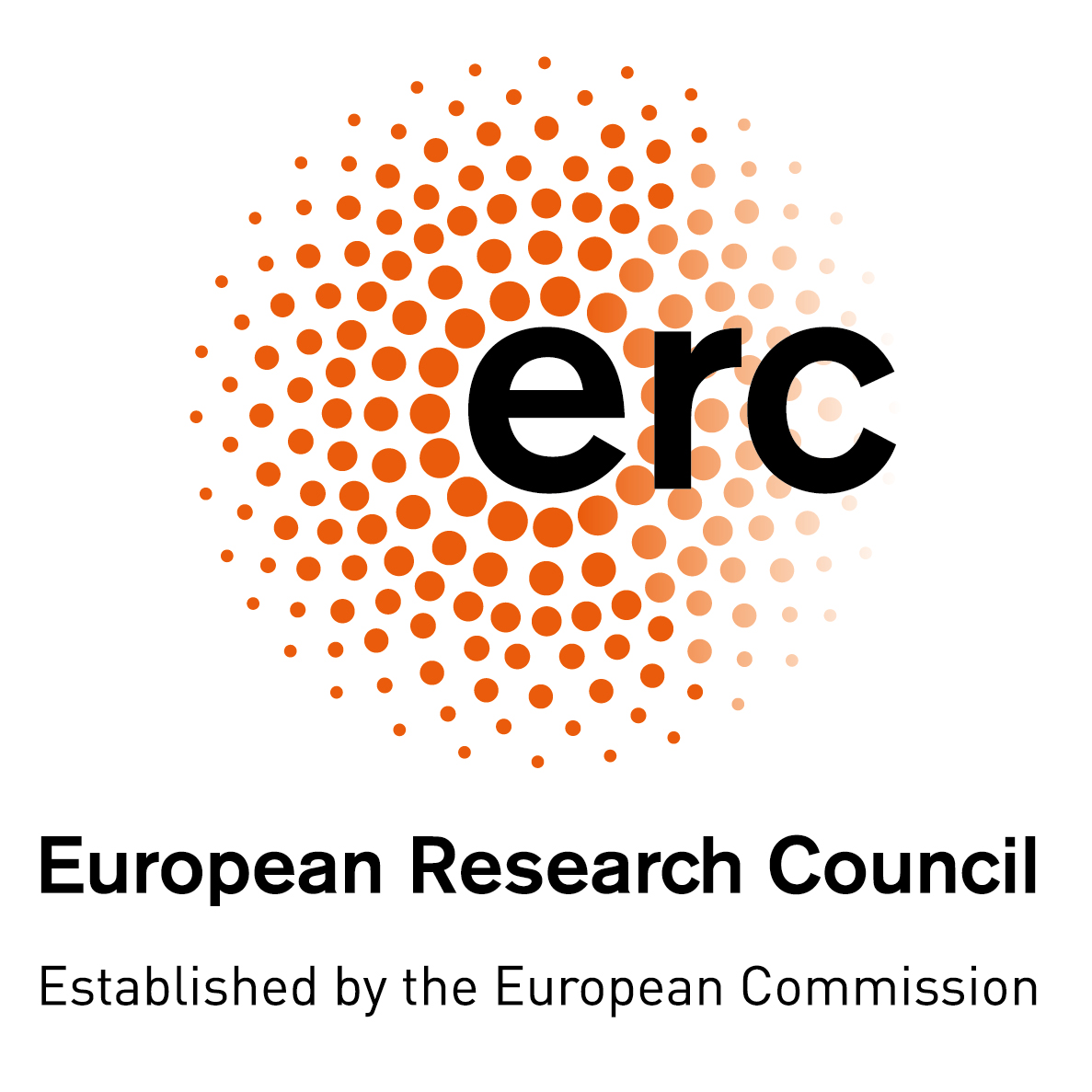01 May 2023 → 30 April 2028
European funding: framework programme
-
-
Speciation
-
Population, ecological and evolutionary genetics
cryptic speciation
bacteria-host interactions
biological evolution
Mating with an incompatible partner can result in dysfunctional hybrid offspring. Multiple processes cause such hybrid defects, including incompatible gene interactions and cytoplasmic incompatibilities that are mediated by bacterial parasites such as Wolbachia. Hybrid defects are strong reproductive barriers that drive speciation and are being harnessed by new pest control strategies to suppress harmful pest populations. Although pivotal to our understanding of these biological phenomena and applications, the molecular-genetic mechanisms that underpin these incompatibilities remain poorly understood. With HYBRIPEST, we will unravel all major mechanisms, and their interactions, that shape hybrid dysfunction within a system that recently became amenable to such a research endeavour. The system of Tetranychus mite species (important agricultural pests) is typified by various processes that culminate in different hybrid defects and benefits from a recently developed genetic toolkit. For the first time, we will dissect the molecular-genetic underpinnings of cytoplasmic incompatibility from the perspective of Wolbachia and host, an approach that will test biological theory and identify novel pest control opportunities. We will identify the molecular-genetic bases of incompatible gene interactions within and between species, shedding light on early speciation mechanisms. We will test for mechanistic convergence of different incompatibility loci and study how polygenic hybrid dysfunction is controlled. We will implement high-resolution genetic mapping techniques and comparative genomics to identify (in)compatibility loci. The functional importance of (in)compatibility loci to hybrid dysfunction will be further validated by recombinant expression, genome engineering, and other experimental advances. HYBRIPEST will bridge pertinent gaps in our mechanistic understanding of hybrid dysfunction, insights that will be translated into new theory and bio-applications.
Show more ...
Funded by the European Union. Views and opinions expressed are however those of the author(s) only and do not necessarily reflect those of the European Union or the European Research Council Executive Agency (ERCEA). Neither the European Union nor the authority can be held responsible for them.

